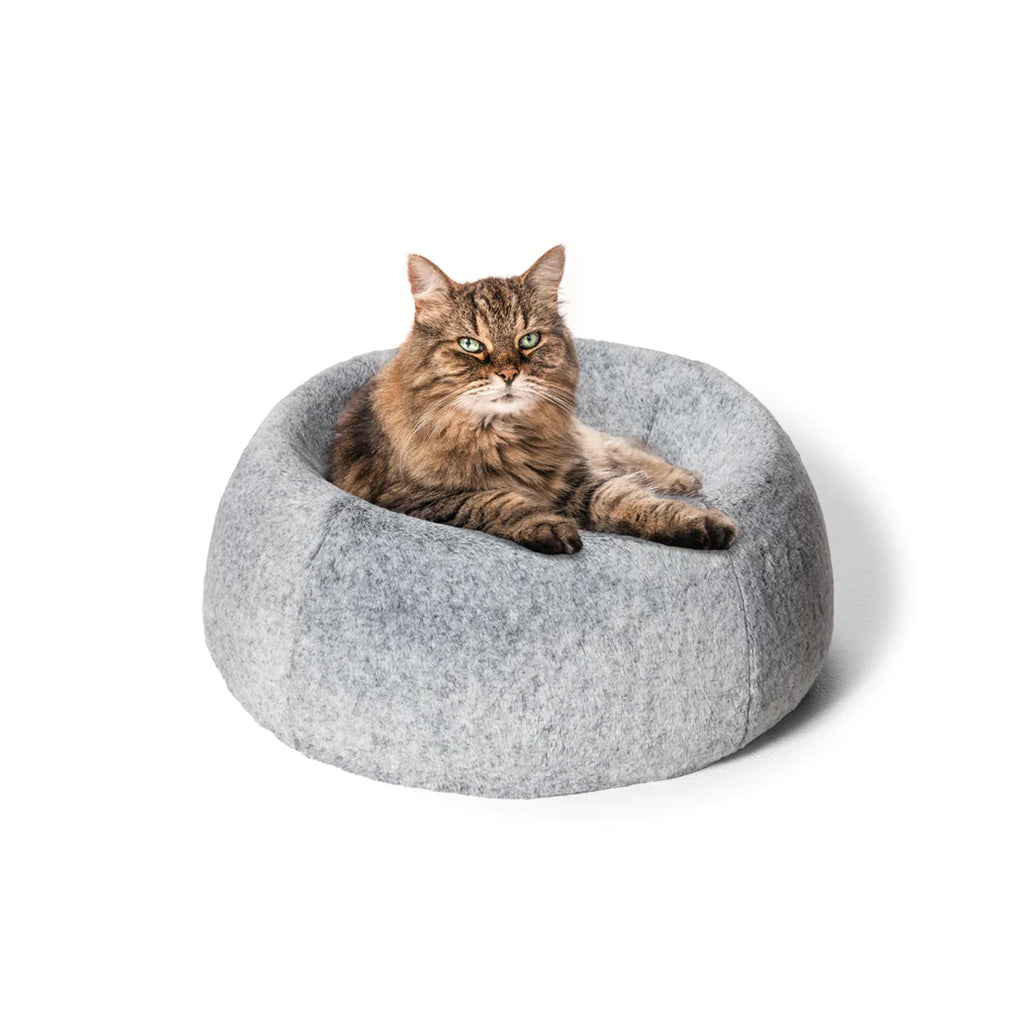As a pet owners, we know that our furry friends need a supportive place to sleep. With an dynamic market, it's crucial to keep up about the most recent trends in pet beds for 2023. Ranging from orthopedic beds to eco-friendly materials, there are innovative designs and elements that meet the unique needs of our pets. This year, pet beds go past mere practicality; they illustrate our pets' lifestyles and preferences, as well as our increasing dedication to their health and comfort.
Choosing the ideal bed involves considering factors such as your pet's preferred sleeping position, age, and also size. Whether your pet is a young dog or an aging cat with joint pain, there is a suitable bed out there. In this article, we will explore critical aspects of pet bed selection, including indicators your pet might require a more supportive bed, how to measure for the ideal fit, and the benefits of elements like washable covers or durable materials. Let's dive into the realm of pet beds and find out what is popular this year, ensuring your beloved pet enjoys peaceful and refreshing sleep. spintax ### Selecting the Ideal Pet Bed
Selecting the ideal pet bed for your furry friend can be challenging, considering the multitude of choices available. Begin by evaluating the specific needs of your pet, such as their dimensions, age, and any medical issues they may face. For instance, senior canines and cats often benefit from orthopedic beds that provide additional support for their joints, while younger pets may like softer, cushy options. Assessing your pet's sleeping habits and preferences can also guide your choice, as some pets like cozy positions while others enjoy sprawl.
Once you have an awareness of your pet's needs, measuring them accurately is crucial. This ensures that the bed you select offers the appropriate fit, promoting comfort and safety. To measure your pet, take into account their length from nose to tail and their height when lying down. It's a good idea to include a few inches to these measurements to allow for any changes in posture. Remember that larger breeds may need extra-large beds, while small dog or cat beds must provide a tight environment without being cramped.
Finally, evaluate the materials and characteristics of potential beds. Strength is key, especially for pets that tend to chew or dig. Look for eco-friendly options made from non-allergenic materials, particularly if your pet has allergies. Additionally, consider functional features such as removable and washable linings for convenient cleaning, as well as the benefits of cooling or heating features depending on your environment. By taking these factors into account, you can ensure that you choose a bed your pet will genuinely love.
Special Considerations for Different Pets

When selecting a pet bed, it's critical to consider the specific needs of different animals. For dogs, considerations like size, breed, and age play a crucial role. Large breed dogs often require spacious and sturdy beds that are capable of supporting their weight, while smaller breeds may enjoy cozy, enclosed styles that provide a sense of security. Additionally, senior dogs may find relief in orthopedic or memory foam options that alleviate joint pain and offer added support as they age.
Cats, on the other hand, have different preferences that should be considered. Many cats enjoy covered or shaded areas where they can snuggle and feel safe. The choice between an open bed or a covered one can greatly influence a cat's comfort level. Moreover, a bed located near a window or a warm spot can improve a cat's satisfaction, as they love to bask in the sun.
Special consideration should also be given to pets with specific health needs. For instance, pets suffering from anxiety often do well with calming beds that offer security and support. Additionally, hypoallergenic materials are important for pets with allergies, while cooling beds can help pets that get too hot. Ultimately, choosing the right bed for your furry friend involves understanding their individual likes and health requirements.
Caring for Your Pet Bed
To keep your pet bed in top condition, frequent cleaning is essential. Depending on the materials utilized, most pet beds are machine washable, making it convenient to get rid of fur, dirt, and odors. For beds with removable covers, clean the cover regularly to maintain hygiene. For https://thepetstandard.com.au/collections/brand-snooza lacking removable covers, check the manufacturer's care instructions for suitable cleaning methods. Spot cleaning with non-toxic detergents can also help address specific stains instead of a full wash.
Check your pet bed regularly for signs of damage. Look for frayed seams, loose stuffing, or any damage that could affect your pet's comfort or safety. If you see any issues, consider repairing the bed if possible, or replacing it if it is beyond repair. A properly cared for bed not only provides comfort but also ensures your pet's health by reducing the risk of allergens and bacteria.
To sum up, think about the timing of when to replace your pet bed. Pets, especially those with joint pain or special needs, may require more repeated replacements. In most situations, it is recommended to replace your pet's bed every two to three years, depending on usage and condition. Monitoring the bed's lifespan helps ensure that your furry friend always has a comfortable and supportive place to relax.
